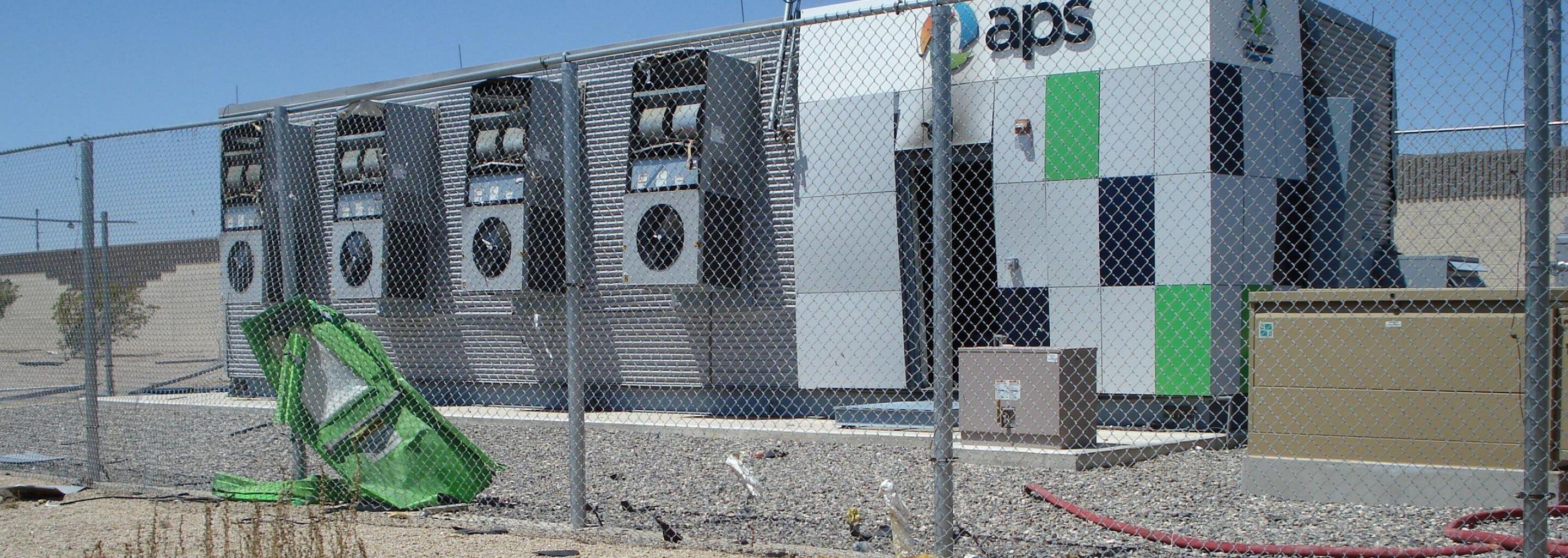UL FSRI releases new report investigating near-miss lithium-ion battery energy storage system explosion.
Funded by the U.S. Department of Homeland Security (DHS) and Federal Emergency Management Agency (FEMA) Assistance to Firefighters Grant Program, Four Firefighters Injured In Lithium-Ion Battery Energy Storage System Explosion - Arizona is the first report issued as part of the Study of Firefighter Line of Duty Injuries and Near Misses.
This report details a deflagration incident at a 2.16 MWh lithium-ion battery energy storage system (ESS) facility in Surprise, Ariz. It provides a detailed technical account of the explosion and fire service response, along with recommendations on how to improve codes, standards, and emergency response training to better protect first responders, maintenance personnel and nearby communities.
This report is a first-of-its-kind research effort from UL FSRI to capture the experience of surviving firefighters to better understand a potentially devastating situation. Four career firefighters with specialized hazardous materials (HAZMAT) training were severely injured in the explosion. They recounted their experience to help inform the report, the investigation team’s understanding of how the fire and gases behaved, and subsequent recommendations for ESS safety training.
“The ability to study lithium-ion battery-related fires on this scale with first-person accounts from the responding firefighters is critically important to protecting the lives of first responders in similar situations. We’re dealing with new technology, which brings about new fire-related hazards. We have an opportunity to learn from this incident and improve future outcomes by sharing resources and enhancing training and safety protocols.”
— UL FSRI Vice President of Research Steve Kerber
Lithium-ion battery ESS facilities have proliferated in recent years, presenting a new challenge for the fire protection community. Sourcing the experiences of the firefighters, UL FSRI’s report recommends new standards and codes for ESS sites, research programs, and curricula. Recommendations include HAZMAT training with an emphasis on ESS safety, remotely accessible gas monitoring systems, explosion prevention protection, and full-scale testing research to understand the most effective and safest tactics for fire service response to lithium-ion battery ESS incidents.

